Houseplant Watering Basics
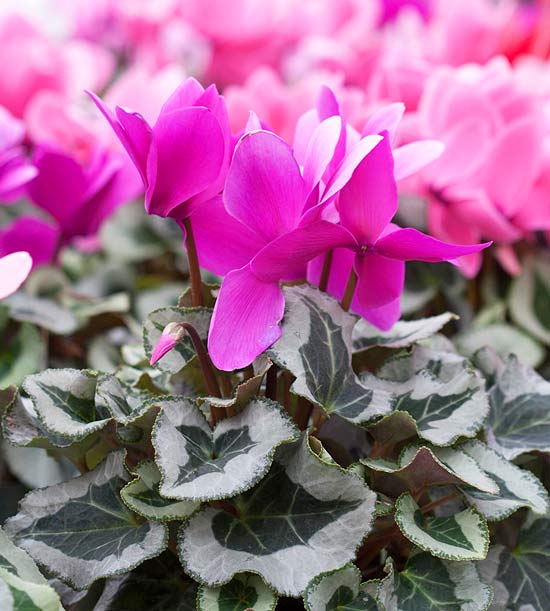
- Generally, try to water houseplants the way they would get get moisture in their natural environments. Some plants need a period of dry soil for days or weeks. Others houseplants need more regular watering, with the soil allowed to dry between each drink. Still others prefer consistently moist soil. Many houseplants go through phases of growth when they require more or less water.
- Match watering frequency to the houseplant's needs and growth patterns. Watch for wilting -- a sign of water stress. Also watch for leaf drop or yellowing.
- Do not overwater your houseplants, killing them with kindness. More houseplants die from overwatering than any other cause. When you overwater, the soil gets so soggy that oxygen cannot reach the roots. Roots then die and begin to rot.
continue reading below
What Type of Water to Use and When
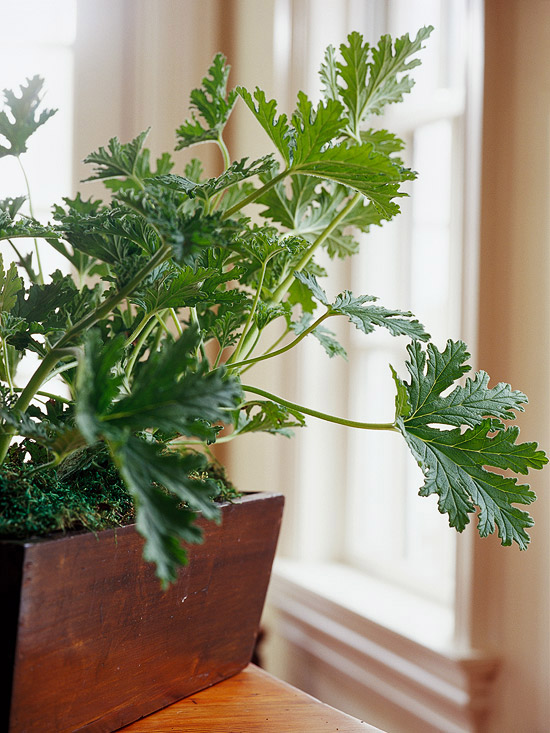
- Rainwater, well water, and bottled water generally agree best with houseplants. Collect rainwater in a barrel or plastic garbage can at the base of a downspout. Keep in mind, though, that in some parts of the country, the air sometimes pollutes rainwater. Similarly, well water sometimes can be too alkaline for acid-loving houseplants. Bottled water is excellent but expensive. Chlorinated water will not damage houseplants.
- Tap water is OK if not too hard, but avoid softened water. Softened water contains salt, which builds up in soil over a period of months.
- Avoid spotting the leaves of fuzzy-leaved plants by using tepid water. Fill your watering can after each watering session and let it sit until next time. That way, the water will reach the right temperature for watering these plants.
- Water in the morning if possible. This gives any moistened foliage a chance to dry out during the day. Plants with dry foliage have less chance of contracting disease in the cool evening hours.
- Water less during a houseplant's dormant period. Most plants grow rapidly in spring and summer and require lots of water at this time. During late fall and winter, however, they stop growing and require far less water. The opposite is true for a few houseplants, which may need little watering in spring and summer, and quite a bit of water during their active period in fall and winter.
How to Water Plants
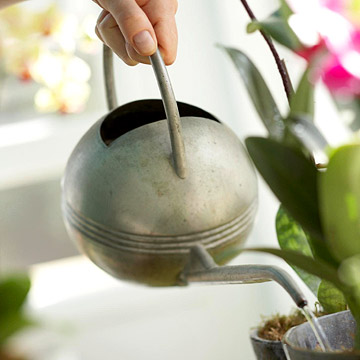
- For most plants, test soil mixture by dipping your finger an inch or more into the soil. If dry, add water. If moist, check again in a couple of days. Wet-loving plants may need water once the soil surface dries. For desert plants, let most of the soil dry.
- Use a long-spout watering can to reach all sides of a pot easily and avoid spills. If you have many plants, buy a large watering can. Saturate the soil around each plant with tepid water.
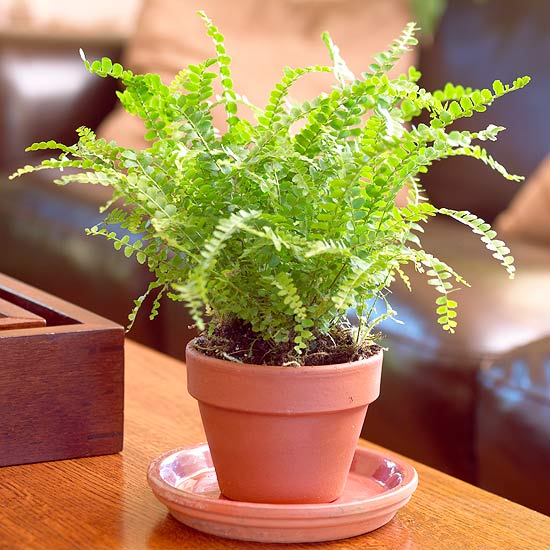
- Add water until it begins to run out the container's drainage hole. Let the plant drain, then dump the excess water from the saucer. Water left to stand more than a day or two can cause roots to rot. Note: If the potting mix dries out too much, it can shed water, so the moisture immediately runs out the drainage hole and is not absorbed by the mix. If this happens, add water slowly, giving the potting mix an opportunity to absorb the moisture.
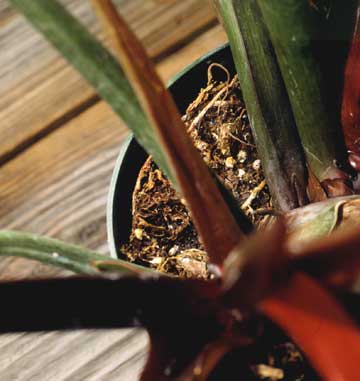
- If you've forgotten to water a plant and its soil has pulled away from the sides of the pot, push the soil back in place before watering. Otherwise, water will pour straight down the gap to the saucer under the pot.
Have trouble remembering to water your houseplants? Here are some that don't mind!
See some of the easiest houseplants to grow.
Use our Houseplant Finder app to discover the best houseplants for you!










